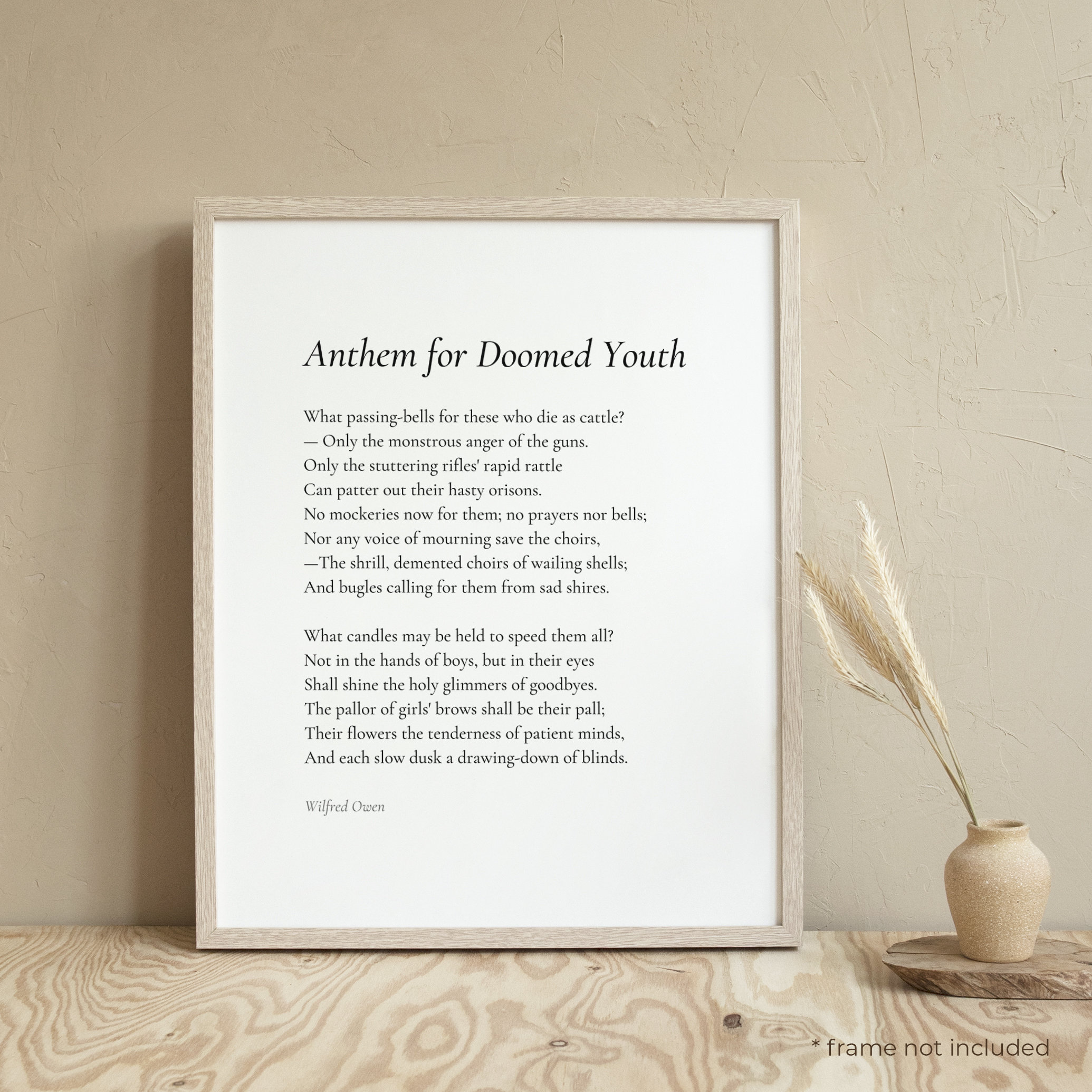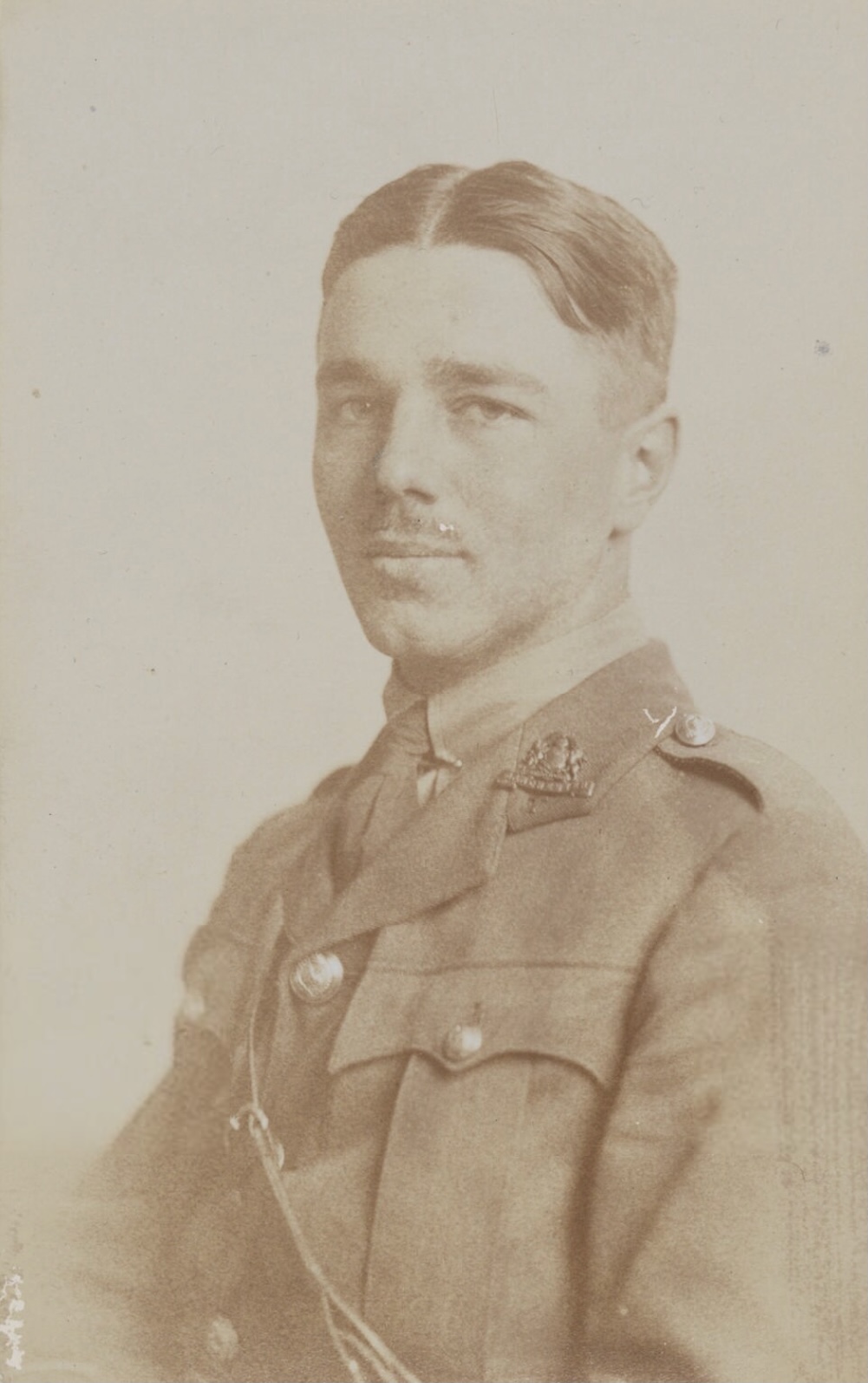
The news of his death reached his parents on 11 November, Armistice Day.Įdited by Sassoon and published in 1920, Owen's single volume of poems contain some of the most poignant English poetry of World War One, including 'Dulce et Decorum Est' and 'Anthem for Doomed Youth'. On 4 November 1918 he was killed while attempting to lead his men across the Sambre canal at Ors. He returned to France in August 1918 and in October was awarded the Military Cross for bravery. Reading Sassoon's poems and discussing his work with Sassoon revolutionised Owen's style and his conception of poetry. Sassoon agreed to look over Owen's poems, gave him encouragement and introduced him to literary figures such as Robert Graves. There he met the poet Siegfried Sassoon, who already had a reputation as a poet and shared Owen's views. The poem Anthem for Doomed Youth, by Wilfred Owen, has the ability to create powerfully depressing emotions in a reader. He was evacuated to England and arrived at Craiglockhart War Hospital near Edinburgh in June. After experiencing heavy fighting, he was diagnosed with shellshock. After spending the remainder of the year training in England, he left for the western front early in January 1917. In 1915 he returned to England to enlist in the army and was commissioned into the Manchester Regiment.


After school he became a teaching assistant and in 1913 went to France for two years to work as a language tutor. Wilfred Edward Salter Owen was born 18 March 1893 in Oswestry, Shropshire. © Owen was an English poet whose work was characterised by his anger at the cruelty and waste of war, which he experienced during service on the Western Front.


 0 kommentar(er)
0 kommentar(er)
